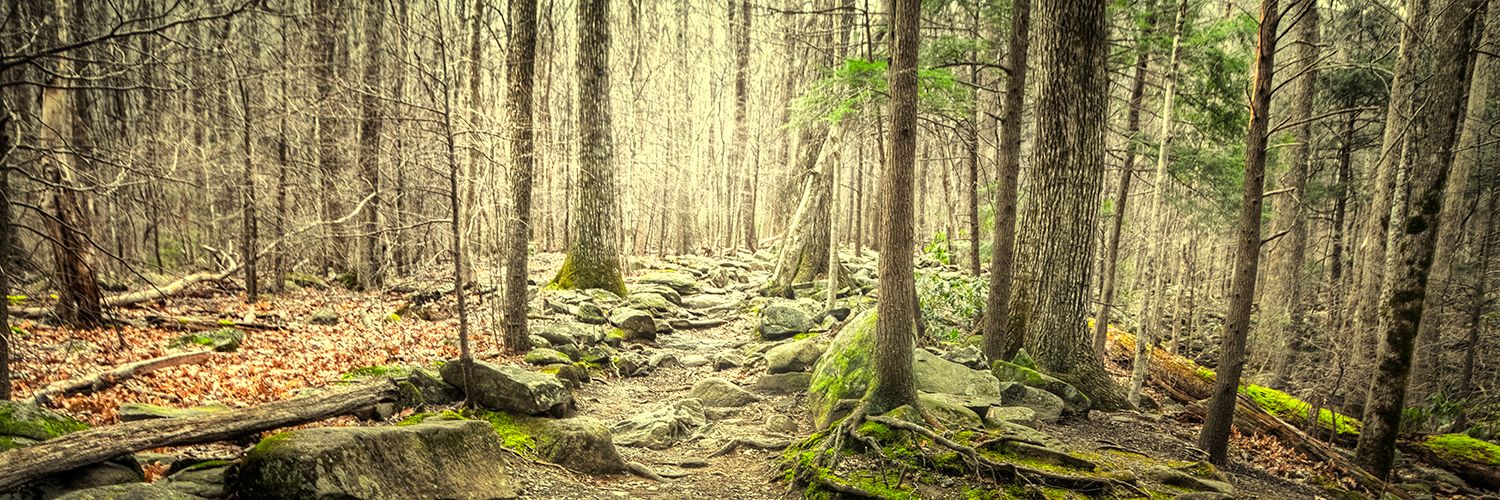Rough-legged Hawk
This buteo is highly variable in its plumage, ranging from very light individuals through very dark with many variations in between. The variations across its range are clinal. This means that there is a continual variation from one extreme to the other with no simple and well-defined variations that are always the same in each category. By necessity, field guides usually select a reasonably representative plumage from the extremes and perhaps one or two in the middle that show you the key marks to look for. But don’t worry if you cannot match every bird you see with an illustration in a field guide. Many simply won’t fit down to the last detail, but the key marks will be visible. Age and sex also show variations, not all of which are shown in guides.
The best new field guide on the market is “Birds of Prey of the West” by Brian Wheeler. Princeton University Press, 2018. It was available at Chapters in Kamloops and some copies may still be there.
The bird in the photo below is representative of a light-phase individual.

Note the whitish head, light breast with varying amount of streaking and a broad dark belly band. This can vary in size depending upon gender and age, with females and younger birds having the most extensive bands.
 This photo shows some key marks when birds are in flight. Note the dark carpal patch at the bend of the wing in stark contrast to the generally light underwing. Also notice the light base of the tail with a dark band at the trailing end. This is visible both on the underside and from the top.
This photo shows some key marks when birds are in flight. Note the dark carpal patch at the bend of the wing in stark contrast to the generally light underwing. Also notice the light base of the tail with a dark band at the trailing end. This is visible both on the underside and from the top.
 This photo shows the key features again, with some variation in this individual.
This photo shows the key features again, with some variation in this individual.
The next photo illustrates the dark end of the variability.
 They key mark noticeable here is the light base of the tail with a broad, dark terminal band. I don’t have any flight shots of a dark bird. Such individuals represent somewhat less than 5% of our local wintering population but there is one in the Knutsford area this year.
They key mark noticeable here is the light base of the tail with a broad, dark terminal band. I don’t have any flight shots of a dark bird. Such individuals represent somewhat less than 5% of our local wintering population but there is one in the Knutsford area this year.
The next photo is of a juvenile bird in a more intermediate plumage with more dark markings, partially-obscuring the carpal marks. The tail band is not visible in this photo perspective.
 So there is a bit about variations in this attractive buteo.
So there is a bit about variations in this attractive buteo.
I was very fortunate recently to be able to photograph a bird hunting rodents alongside the highway. I share these because I think they are a lucky collection of images of the same bird conducting business. I was able to make over 100 images while the bird seemed to pay no attention to me. This is somewhat atypical behavior, but there were rodents in the area and the bird was very focused on the need to obtain nutrition. They prey heavily on rodents, either by sitting and waiting as this bird was doing, or by hovering in the wind and searching large areas of ground by moving about and expending as little energy as possible by using the air currents.

Much of her time was spent like this, looking about or staring at the ground in search of prey.
 Occasionally, she would raise her tail and eject the remains of a recent meal.
Occasionally, she would raise her tail and eject the remains of a recent meal.
 Once prey was spotted, she would prepare for the strike.
Once prey was spotted, she would prepare for the strike.
 She was off the wire and headed for the ground, head first.
She was off the wire and headed for the ground, head first.
 After several pounces, she finally achieved success and nabbed a chunky vole (Microtus sp.). She flew off to a distant perch to have the meal and my rare experience came to an end. I felt very privileged.
After several pounces, she finally achieved success and nabbed a chunky vole (Microtus sp.). She flew off to a distant perch to have the meal and my rare experience came to an end. I felt very privileged.
When traveling in the valley bottom or through the open country of our grasslands, keep an eye out for this delightful northern visitor. They are not a hawk of the forest so they are easily spotted.
Enjoy the winter – easy with such companions as this in our area.

Great job. Rick. I enjoyed this article.
Thanks Doug.